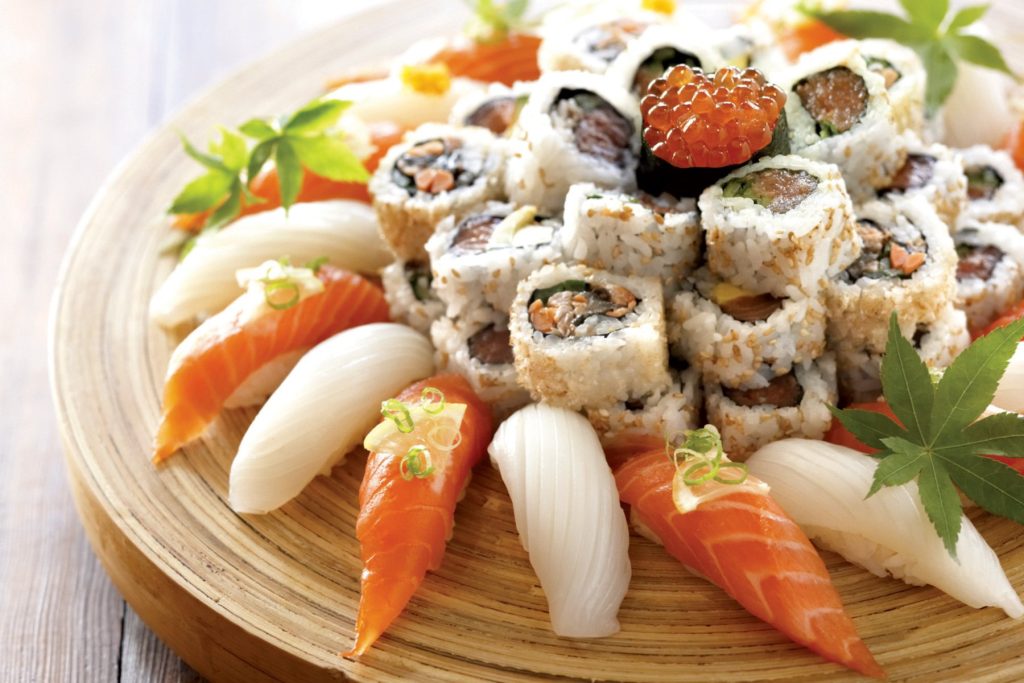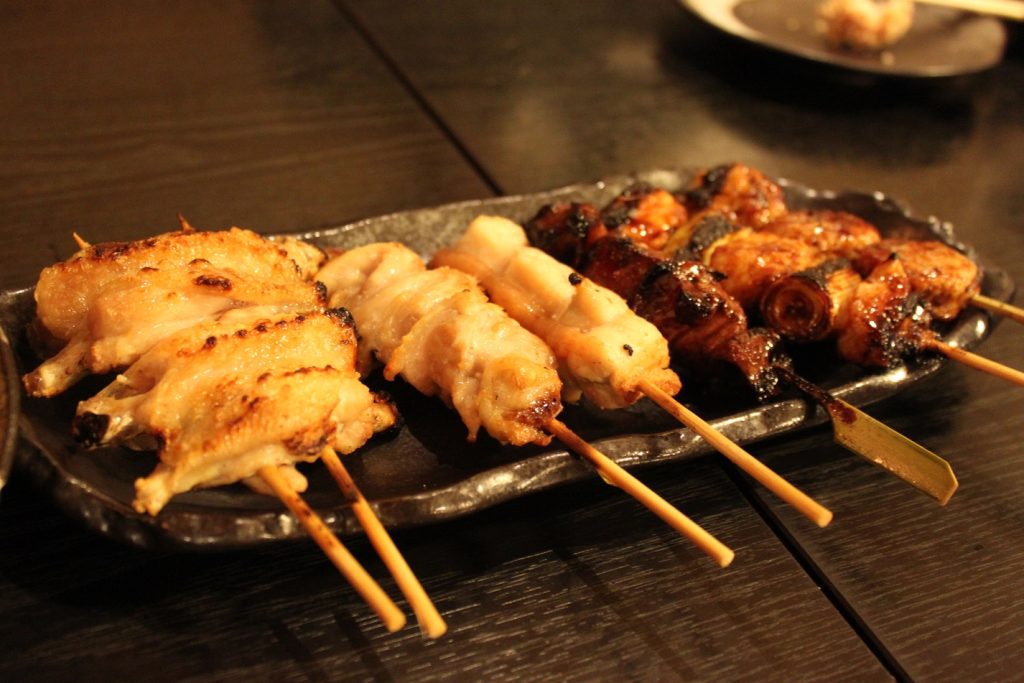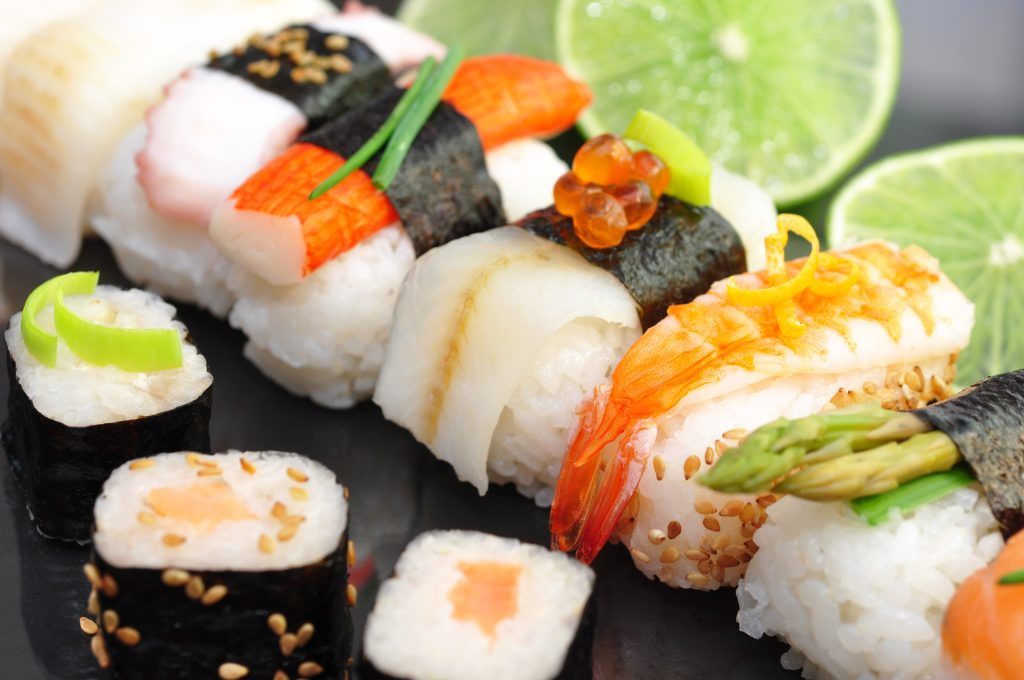Is Food only for eating? No one has doubted that Food for what purpose fulfils people’s hunger. People are powerful and weak because they have enough and don’t have sufficient Food. Everyone’s life depends on Food first, and then many other things.
Does anyone agree with the idea that Food is only for eating? Yes, Food is for eating. But before eating, Food is a visual experience and Art. This stunning story of Food is visible from anywhere in the world. The visual experience of Japanese Food is incredible in contemporary culture and celebrated worldwide because of the history and taste of the visual beauty of the Food. The story of Japanese Food starts with visual beauty and ends with taste.
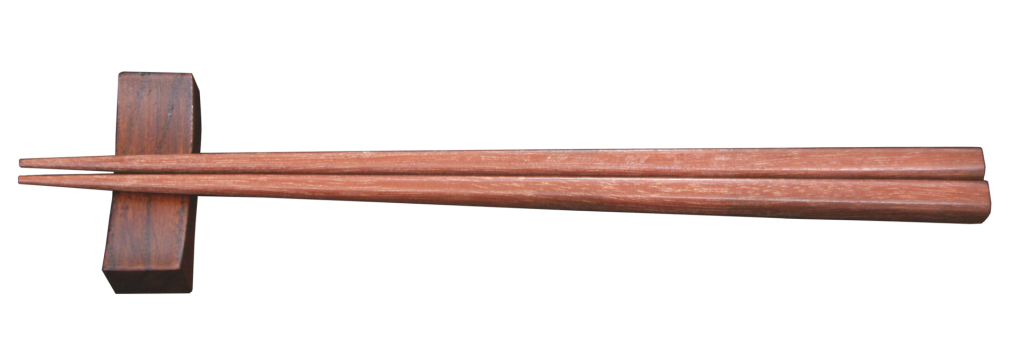
The history of Japanese Food stretches into the millennium back, and that flourished over many centuries with different historical evolutions. Changes in the Food taste can tell more about the culture and settings, but the taste is never framed like artwork, so evidence for changes is not readily available. Japan is an island country that extends for more than 3,500 Km, and the Food culture developed within a period. Japanese Food won the heart, maybe the stomach, and reached many other places and spread the incredible story of Japanese taste; even UNESCO awarded the status of intangible cultural heritage.
When we engage with Japanese Food, we understand how Food becomes a Visual Experience before we eat entirely or even start eating. Fish and meat are an integral part of Japanese Food culture even today; that legacy started centuries before. After the emergence of Buddhism in Japan, a taboo was created on eating meat. The common practice of eating Food is changed a lot because of the ‘visual beauty’ of Food taking place with the popularity of taste. The Visual beauty of Japanese Food is more incredible than the taste.
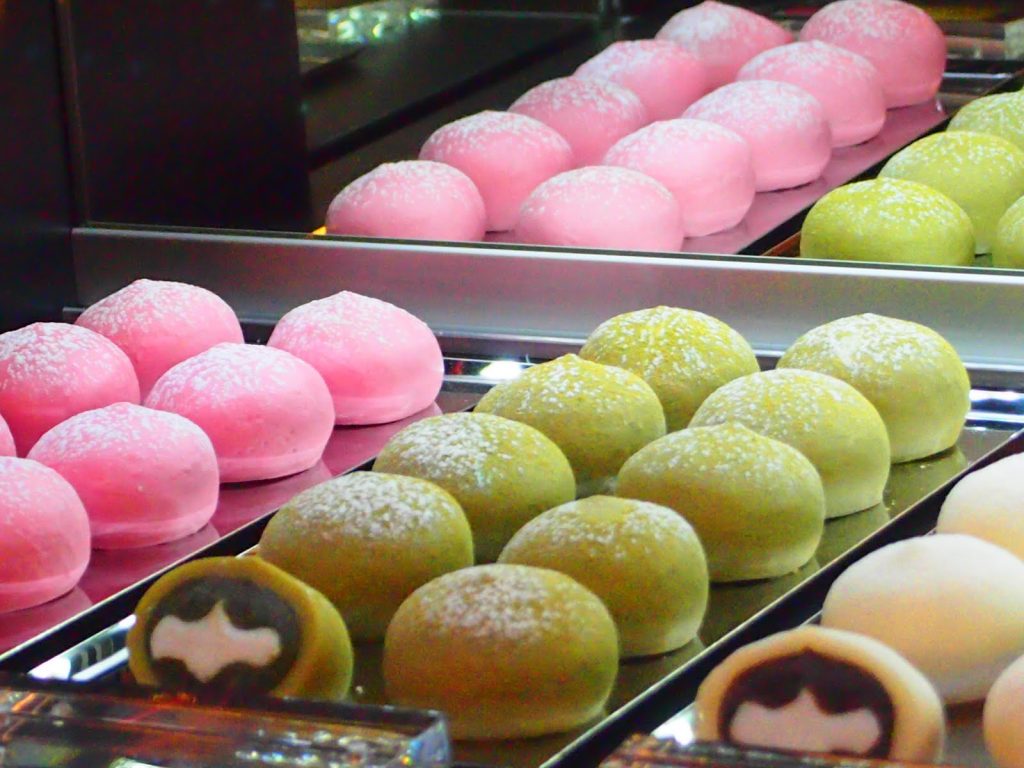
credit: blogspot.com
The most significant ingredient of Japanese Food is rice, which is equal to fish and meat. The grain was cultivated in Japan from 1000 BCE and is a typical Japanese dish; the Japanese new year started with eating mochi (Mochigome), and that tradition prevailed even today in Japanese culture.
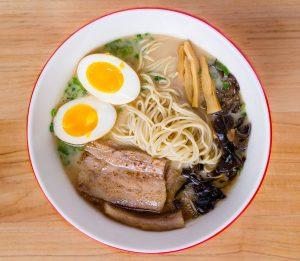
credit: Food Republic
Without Chopsticks, no one can imagine Japanese; they use chopsticks for cooking, stirring, serving and eating.
The 17th century is when Japanese Food has become popular worldwide because of the city of Edo, now known as Tokyo. Now this city is the home of tourists from around the world and the country’s taste buds. The restaurants in Tokyo serve Food to many million people every year, and Japanese Foods are gaining popularity. The most incredible story is about the Edo period (1603-1868 CE), known as the Samurai age, which made these martial arts most popular and blended with Japanese culture.
‘Sake’ or ‘Sushi’ is an inevitable element of Japanese Food culture and taste. When life became speedy, especially the student life, the one who moved from China to Japan in the 17th century, restaurants started to make Food to prepare and eat fast. Ramen is one of the popular Food in this category; it is a fusion of Chinese noodles with Japanese cuisine.
Fast Food culture is not modern, backed by the Edo era, and famous in Japanese antiquity. The history and contemporary presence of Japanese Food are the stories of mouth-watering dishes that have become increasingly popular in the Food world.
